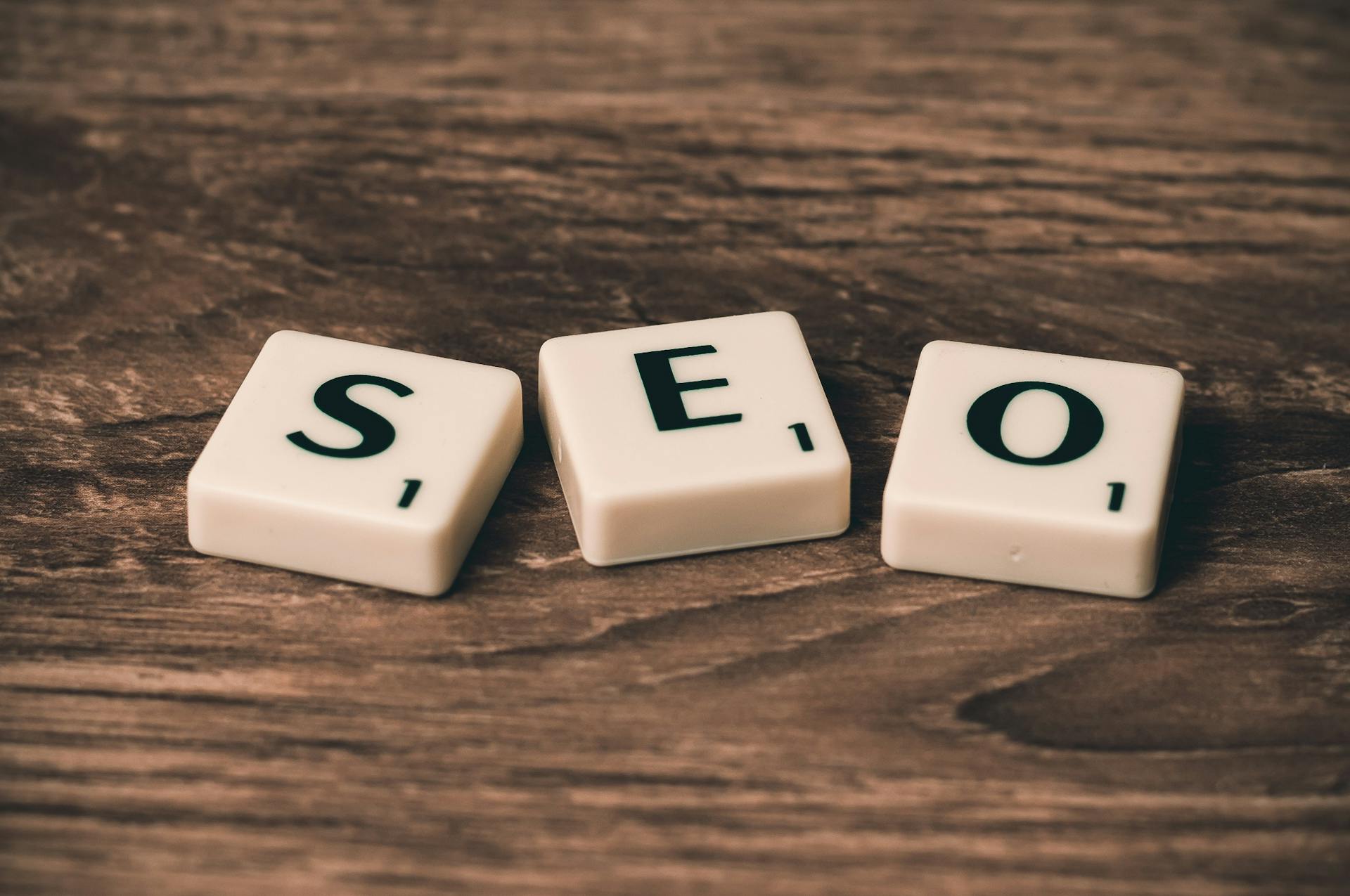In the ever-evolving landscape of digital marketing, where search engine algorithms and user preferences shift with astonishing speed, one constant remains: the critical importance of on-page SEO. Imagine investing countless hours creating compelling content and designing an attractive website, only to find it languishing in search engine obscurity. The culprit? A lack of effective on-page optimization.
On-page SEO is the art and science of enhancing individual web pages to rank higher and earn more relevant traffic in search engines. Unlike off-page SEO, which focuses on external factors such as backlinks and social signals, on-page SEO deals with the elements you control within your website. This includes optimizing content, HTML tags, and site structure to improve visibility and usability.
Understanding on-page SEO is crucial because it directly influences how search engines interpret and rank your content. By meticulously optimizing your web pages, you not only boost your chances of ranking higher in search results but also create a more engaging and user-friendly experience. This dual impact—improving search engine rankings and enhancing user satisfaction—is why mastering on-page SEO is essential for any successful digital strategy.
In this ultimate guide, we’ll delve into the key techniques and best practices of on-page SEO, exploring how they work together to elevate your website’s performance and ensure it stands out in a crowded digital marketplace.
Understanding On-Page SEO
What is On-Page SEO?
On-page SEO refers to the practices and techniques used to optimize individual web pages to rank higher in search engine results and attract more relevant traffic. It encompasses various elements within a webpage that can be controlled and adjusted to improve both search engine visibility and user experience. Key components of on-page SEO include title tags, meta descriptions, headings, URL structure, content optimization, and more. By refining these elements, you help search engines understand your content better and ensure that users find it engaging and valuable.
The Role of On-Page SEO in Search Engine Optimization
On-page SEO plays a critical role in the overall SEO strategy. While off-page SEO focuses on external factors like backlinks, on-page SEO ensures that your website’s individual pages are optimized to their fullest potential. This includes optimizing content to match user intent, structuring pages to be easily navigable, and ensuring technical aspects like site speed and mobile-friendliness are up to par. Effective on-page SEO not only improves your chances of ranking higher in search results but also enhances the overall user experience, leading to increased engagement and conversions.
Key On-Page SEO Elements
Title Tags
Title tags are one of the most important on-page SEO elements. They appear in search engine results and browser tabs, serving as the first impression of your content. A well-crafted title tag should be concise, include relevant keywords, and accurately reflect the content of the page. Best practices include keeping the title tag under 60 characters, placing the primary keyword at the beginning, and making it compelling to encourage users to click through to your page.
Meta Descriptions
Meta descriptions are brief summaries that appear below the title tag in search engine results. While they do not directly impact rankings, a well-written meta description can significantly affect click-through rates (CTR). To craft compelling meta descriptions, focus on providing a clear and enticing summary of the page’s content, incorporating relevant keywords naturally, and including a call-to-action to encourage clicks.
Headings and Subheadings
Headings and subheadings (H1, H2, H3, etc.) organize content hierarchically and enhance readability. The H1 tag should be used for the main page title, while H2 and H3 tags help structure subtopics and sections. Best practices for using headings include incorporating primary keywords, maintaining a clear and logical structure, and ensuring headings accurately describe the content that follows.
URL Structure
A clean, keyword-rich URL structure improves both user experience and SEO. URLs should be simple, descriptive, and include relevant keywords. For example, a URL like www.example.com/on-page-seo-guide is more effective than www.example.com/page1. Keeping URLs short and avoiding unnecessary parameters helps search engines and users easily understand the page’s topic.
Content Optimization
Keyword Research and Integration
Effective keyword research involves identifying terms and phrases your target audience is searching for. Integrating these keywords into your content naturally and contextually enhances relevance without resorting to keyword stuffing. Aim for a balance between keyword frequency and readability, focusing on providing valuable content that answers users’ queries.
Creating High-Quality Content
High-quality content is characterized by relevance, value, and originality. It should address user intent, providing answers, solutions, or insights that meet their needs. Well-researched, informative, and engaging content not only attracts users but also encourages them to spend more time on your site, positively impacting SEO.
Content Length and Structure
The optimal content length can vary, but comprehensive, well-structured articles generally perform better in search rankings. Structure content with clear headings, bullet points, and short paragraphs to enhance readability and engagement. This approach helps users quickly find the information they need and improves the likelihood of content being shared and linked to.
Image and Media Optimization
Image Alt Text
Alt text provides a textual description of images, making them accessible to search engines and users with visual impairments. Effective alt text should be descriptive, including relevant keywords when appropriate, and accurately reflect the content of the image. This not only aids in SEO but also enhances overall site accessibility.
Image File Names and Compression
Naming image files descriptively and including relevant keywords can contribute to better SEO. Additionally, compressing images to reduce file size improves page load speed, which is crucial for both user experience and search rankings. Tools and techniques for image compression help maintain quality while enhancing performance.
Video and Other Media
Optimizing videos and other media involves using descriptive titles, tags, and transcripts. Ensuring that media content loads quickly and is relevant to the page’s topic enhances user experience and contributes to better SEO. Implementing structured data for media can also improve visibility in search results.
Internal Linking
The Importance of Internal Links
Internal linking helps users navigate your site and discover related content. It also allows search engines to crawl and index your pages more effectively. By linking relevant pages within your site, you can distribute page authority and improve the overall SEO of your website.
Best Practices for Internal Linking
Effective internal linking involves using descriptive anchor text, linking to relevant and high-quality pages, and maintaining a logical site structure. Avoid excessive linking and ensure that links are helpful and provide additional value to the user.
Mobile Optimization
Why Mobile Optimization is Crucial
With the growing number of mobile users, optimizing your website for mobile is essential. Mobile-friendliness affects user experience and is a significant factor in search engine rankings. A mobile-optimized site ensures that users have a smooth and engaging experience, regardless of the device they use.
Responsive Design vs. Mobile-Friendly Design
Responsive design adapts your website layout to fit various screen sizes, while mobile-friendly design ensures that the site is usable on mobile devices. Responsive design is generally preferred, as it offers a more seamless experience across devices and is favored by search engines.
Page Speed and Performance
Importance of Page Speed for SEO
Page speed is a critical factor in both user experience and SEO. Faster-loading pages improve user satisfaction and reduce bounce rates, while slower pages can negatively impact rankings and engagement. Ensuring quick load times is essential for maintaining a competitive edge in search results.
Tools for Measuring Page Speed
Several tools, such as Google PageSpeed Insights and GTmetrix, can help you measure and analyze page speed. These tools provide insights and recommendations for improving performance, allowing you to address issues that may be affecting your site’s speed.
Techniques for Improving Page Load Times
Techniques to enhance page speed include optimizing images, leveraging browser caching, and minimizing JavaScript and CSS files. Implementing these techniques can significantly reduce load times and improve overall site performance.
User Experience (UX) and Engagement
The Connection Between UX and SEO
User experience (UX) and SEO are closely related. A positive UX leads to longer dwell times, lower bounce rates, and higher engagement—all factors that search engines consider when ranking pages. Optimizing for UX ensures that users find your site enjoyable and easy to use, which supports better SEO outcomes.
Improving User Engagement Metrics
Strategies to boost user engagement include creating high-quality, relevant content, improving site navigation, and enhancing page speed. Engaging users through interactive elements and clear calls-to-action can also help increase time on site and reduce bounce rates.
Schema Markup
What is Schema Markup?
Schema markup is a form of structured data that helps search engines understand the content of your pages. By providing additional context, schema markup can enhance search result listings with rich snippets, making your pages more attractive and informative to users.
How to Implement Schema Markup
Implementing schema markup involves adding specific code to your HTML that describes various elements on your page, such as reviews, events, or products. Using tools like Google’s Structured Data Markup Helper can simplify the process and ensure that your markup is correctly implemented.
Common On-Page SEO Mistakes to Avoid
Over-Optimization
Over-optimization, such as keyword stuffing or excessive internal linking, can negatively impact your site’s performance and user experience. It’s important to balance optimization efforts with maintaining high-quality, user-focused content.
Ignoring Mobile Users
Failing to optimize for mobile users can lead to poor user experience and lower search rankings. Ensure your site is mobile-friendly and provides a seamless experience across all devices.
Neglecting Content Quality
Low-quality content can undermine your SEO efforts and fail to meet user needs. Focus on creating valuable, relevant, and well-researched content that addresses user queries and provides genuine insights.
Conclusion
In summary, on-page SEO encompasses a range of techniques that collectively enhance your site’s visibility and usability. From optimizing title tags and meta descriptions to ensuring mobile-friendliness and improving page speed, each element plays a crucial role in achieving SEO success.
SEO is not a one-time task but an ongoing process. Regularly updating your on-page SEO elements ensures that your site remains competitive and continues to meet evolving user expectations and search engine criteria.
Apply these on-page SEO techniques to your website, monitor their impact, and make adjustments as needed. Continuously assess your site’s performance using SEO tools and stay informed about industry changes to keep your optimization efforts effective.
Additional Resources
Recommended Tools and Plugins
- Google Analytics
- Google Search Console
- SEMrush
- Yoast SEO (for WordPress users)
Further Reading
- “The Beginner’s Guide to SEO” by Moz
- “Content Marketing Institute’s Blog”
- “Google’s SEO Starter Guide”



